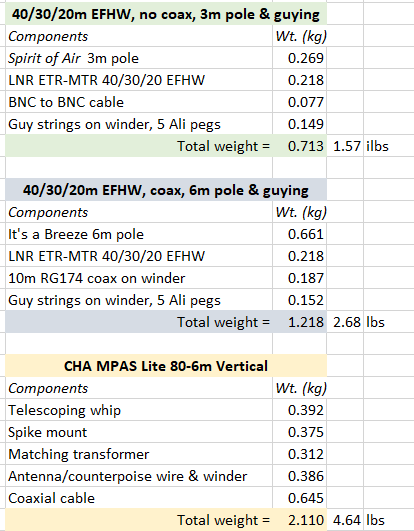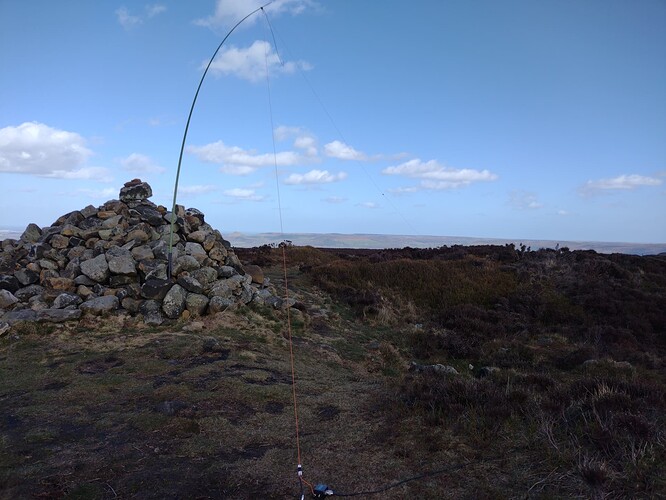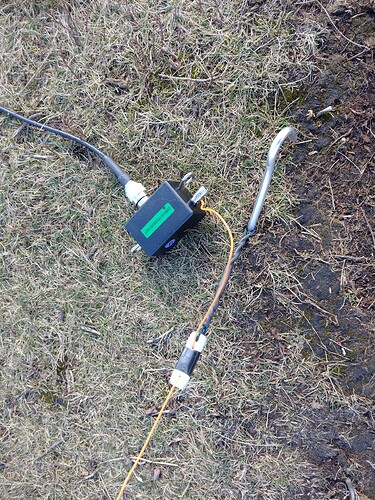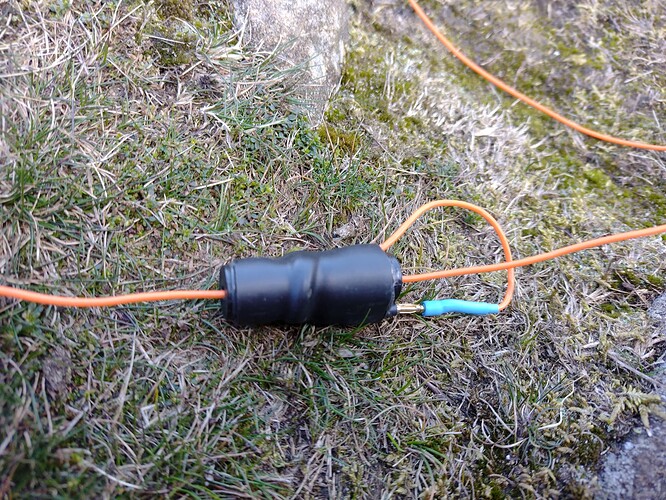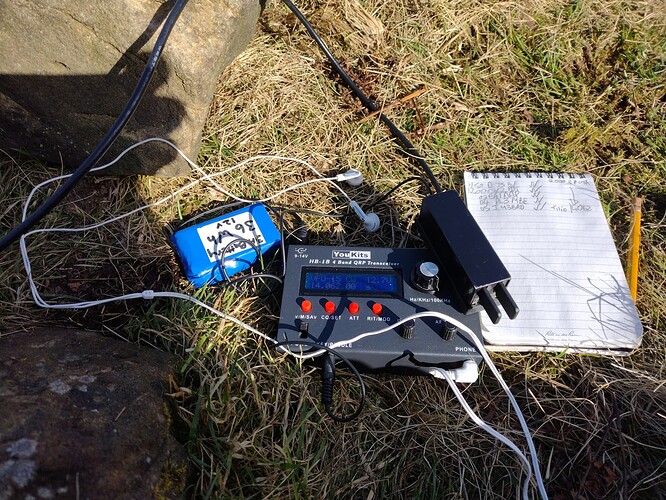Yes, I agree Eliseo but some pieces of wire are better than others!
The half wave end fed - I was a doubter, even a non-believer you may say, in the popular half wave end fed.
On 100s of HF SOTA activations since I started from the hills and mountains in 2005 I have always used the half wave resonant link dipole without baluns, configured as an inverted vee. I have used an inverted L on top band a few times on summits, but not in the last ten years.
Despite working 1000s of SOTA activations mainly in Europe, and UK but also worldwide (I have over 200,000 Chaser points) at very good signal strengths, I was still dubious UNTIL LAST WEDNESDAY when I tried the half wave end fed out on an activation myself.
The reason I wanted to try out the half wave end fed was because I am undertaking a solo trip to the DM/RP DM/HE and LX region in May. Without a fellow operator with me (of late this is usually @GI4ONL) I was worried that if my KX3 lets me down or my link dipole breaks beyond an easy repair, I will have substitutes by way of my YouKIts HB-1B and a half wave end fed antenna.
So a few weeks ago I sourced a 49:1 balun rated at 50 watts made by G4ICD (www.rfcomms.co.uk). This was secondhand on eBay and cost £15. Its quite well made - the internal components are potted and the connecter is a good quality N type. The radiating wire fits into a spring connection and I have a strainer fitted which can be pegged into the ground or be left floating a foot or two above ground in mid-air. I resonated a 67 feet length of wire in my garden for optimum SWR around 7050 KHz and shortened this slightly to get the resonance as good as I could on that frequency. The SWR on 20m,15m and 10m was well under 2:1 over a wide bandwidth on all three bands. On 30m as expected, the SWR was around 8:1. I fitted a link at an appropriate point for 30m operation. This is easy to reach from ground level when the HWEF is mounted on a 5m pole. I also found that with the 30m link open the SWR on 18 MHz was a very usable 1.5 - 2:1. I used no counterpoise, just a 6m length of RG-58CU coaxial cable to the radio. (I use thinner RG-178 on my resonant dipole). The antenna is resonant on six bands therefore without needing an ATU.
On Wednesday I headed up G/TW-002 - one of the nearest summits to where I live, and my favourite out of the three TW summits in the Cleveland Hills which I visit every year.
Here are a few photos of the antenna and parts of it on the summit. I configured this as an inverted L fed at ground level, no counterpoise, just reliance on the 6m length of coax braid in the feedline. I tied off the far end to a stunted tree on the moor at a height of around 1m above ground.
Despite my doubts about the half wave end fed, I have to admit I was pleasantly surprised. I wasn’t using my Elecraft KX3 running 10 watts with it’s superb receiver and filtering. Instead I used an inferior 10 year old Chinese made YouKits HB-1B running 4-5 watts depending on the band used. I operated on 40/30/20 metres for a period of 45 minutes and made 37 CW contacts, all were with EU and included 5 S2S QSOs with stations who called me (Thank you @HB9BIN, @F/DL6GCA/P, @IK2LEY, @HB9CEV, @HB9BQU).
1119z-1134z 40m 18 Qs
1138z-1146z 30m 6 Qs
1148z-1204z 20m 13 Qs
I didn’t try the half wave EF on any other bands.
So am I a convert to the half wave end fed? I would say not yet, but it’s a great tool to have in the cupboard and I will definately be using it again!
Point of note - an aside to the thread - I did not work @OE6GND during this activation. Although he did claim a chaser QSO. Gerhard clearly couldn’t hear me. He called over the top of Art @HB9CEV/P twice when I was in S2S QSO. I called him out in my response to Art sending “SRI ART QRM FM OE6GND” unfortunately Gerhard took this to mean he had a QSO and wished me 73. Reports were not exchanged and the QSO was not logged. If Gerhard had called me later, correctly, I would have been happy to work him, but he didn’t.
73 Phil G4OBK
